Recent Posts
Microbial Growth
12/30/2024 (Permalink)
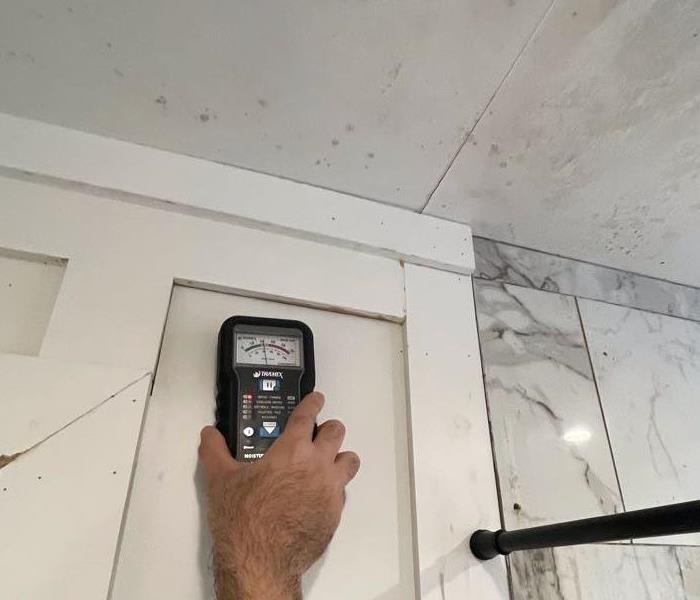 No more Microbial Growth
No more Microbial Growth
We know that the mold or microbial growth caused by water is very annoying. So we will explain a little more about how microbial growth can be assessed and treated.
What is mold removal?
In simple terms, removing microbial growth is called mold removal. As simple as it sounds, but there is more to it, removing might sometimes indicate mere cleaning without addressing the core problem, that is, identifying the source for the occurrence of mold.
While mold is a natural part of our ecosystem, one cannot eliminate it. Although mold spores are typically inherent in all indoor and outdoor spaces, it is impossible to eradicate all molds, but the key is to control their growth.
Mold spores are generally harmless until they settle on a damp spot and grow into active mold. When you have mold growing in your home, removal becomes imminent. However, a simple mold removal process is never enough to solve these problems in your home unless the infected area is too small.
What is mold remediation?
Mold remediation is the term used to describe all the processes involved in eliminating harmful mold growth. Depending on the type and location, it includes mold testing, removal, demolition, sanitizing, containment, and mold cleaning.
We are professionals, and we are your One Stop Shop to remediate, do not hesitate to call us now.
No more Mold! Here at SERVPRO® of Garden Grove West/Stanton we offer Professional Mold Remediation Services Don't let mold take over your home or business. Our experts are always here to help® Home Mold Remediation Services: Discover mold? We'll eliminate it from your home, ensuring a healthy living environment for you and your family. Our certified technicians will help you from beginning to end! Contact us today, we’re available 24/7 to address your mold concerns and provide reliable solutions.
Water Damage
12/30/2024 (Permalink)
Let us help you in a stressful situation: water damage, fire, mold, and much more. Our certified technicians and office would make the process smoother and will take care of the situation from beginning to end :-) SERVPRO of Garden Grove West/Stanton is a full-service restoration company!!
We invite you to check out our Google page and see for yourself other customers' experiences. Our #1 goal is our customers and to bring back your home to its previous conditions.
Customer Testimonial:
SERVPRO® repaired and restored our kitchen and parts of our living room due to water damage seeping in the kitchen walls. They were always on time, extremely professional, and did an excellent job restoring the water damage in the interior of our home. I give them 5 stars because I couldn't imagine any other restoration business doing a better job. We are so happy with the results and would recommend them to anyone needing this type of service.
I can't express enough how much of a pleasure it was working with SERVPRO, Mike and the employees were very professional and respectful with great integrity. We will definitely will be calling them back for any of my future repair needs!
Tips For The Rain!!
12/30/2024 (Permalink)
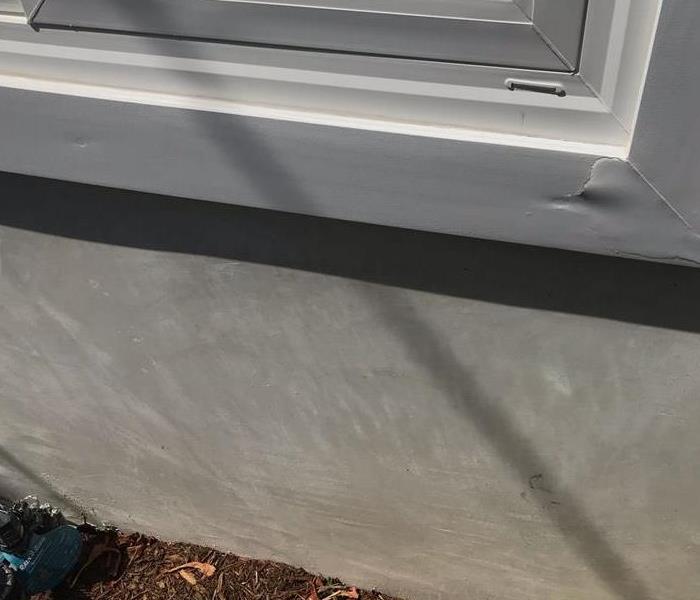 Don't forget to check your windows.
Don't forget to check your windows.
Window Check
The leaks could be anywhere around the window top, sides or bottom. Often, these leaks happen because the caulk or sealant around the window has gotten old and cracked, allowing rain to enter the house. Make sure you check your windows to avoid any water intrution.
A Leaky Roof
It is easy to forget about in southern California, but a roof leak can turn things sour quick, causing damage to the ceiling, carpets, hardwood floors and furniture. As a safety precaution, we suggest tarping your roof with a thick plastic and weighing each of the 4 corners down with weights.
Prepare with Sandbags
If a heavy rainfall is predicted, it is a good idea to line your front entryway, back and crawl space with sandbags. This will block the water from flooding your home and minimize the chance of water damage.
Mop Up and Blot Excess Water
If water has already found its way into your home, do mope it up and dry quickly with towels (microfiber towels absorb even more moisture). Collecting as much moisture as possible as fast as possible will help from further damage.
If you experience water damage from the rain, give us a call and speak to one of our water specialists to schedule an appointment.
Tips For The Rain!!
12/18/2023 (Permalink)
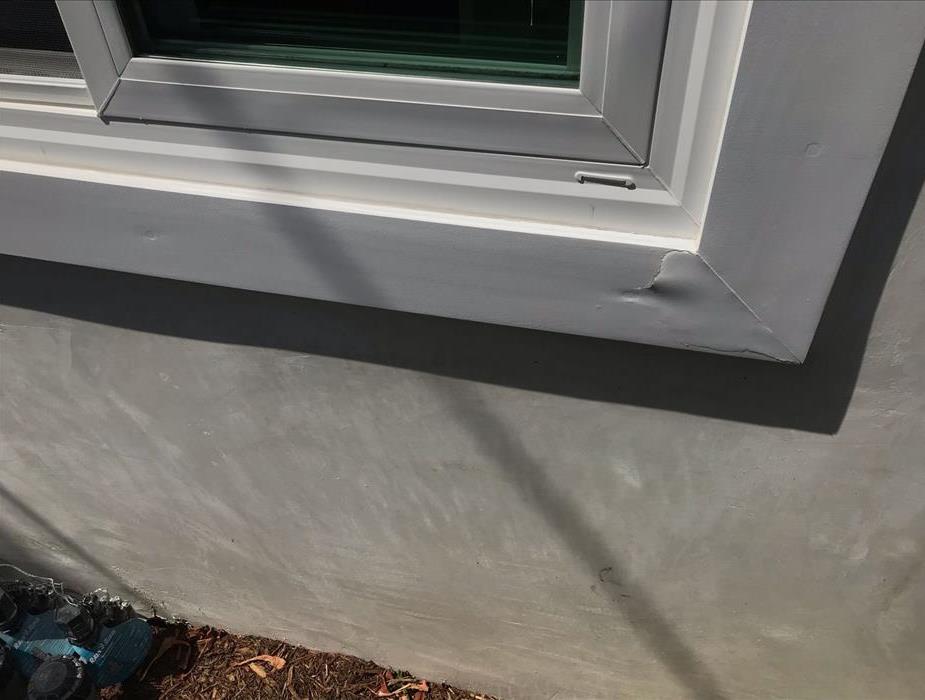 Don't forget to check your windows.
Don't forget to check your windows.
Window Check
The leaks could be anywhere around the window top, sides or bottom. Often, these leaks happen because the caulk or sealant around the window has gotten old and cracked, allowing rain to enter the house. Make sure you check your windows to avoid any water intrution.
A Leaky Roof
It is easy to forget about in southern California, but a roof leak can turn things sour quick, causing damage to the ceiling, carpets, hardwood floors and furniture. As a safety precaution, we suggest tarping your roof with a thick plastic and weighing each of the 4 corners down with weights.
Prepare with Sandbags
If a heavy rainfall is predicted, it is a good idea to line your front entryway, back and crawl space with sandbags. This will block the water from flooding your home and minimize the chance of water damage.
Mop Up and Blot Excess Water
If water has already found its way into your home, do mope it up and dry quickly with towels (microfiber towels absorb even more moisture). Collecting as much moisture as possible as fast as possible will help from further damage.
If you experience water damage from the rain, give us a call and speak to one of our water specialists to schedule an appointment.
What is a Category 3 water
12/18/2023 (Permalink)
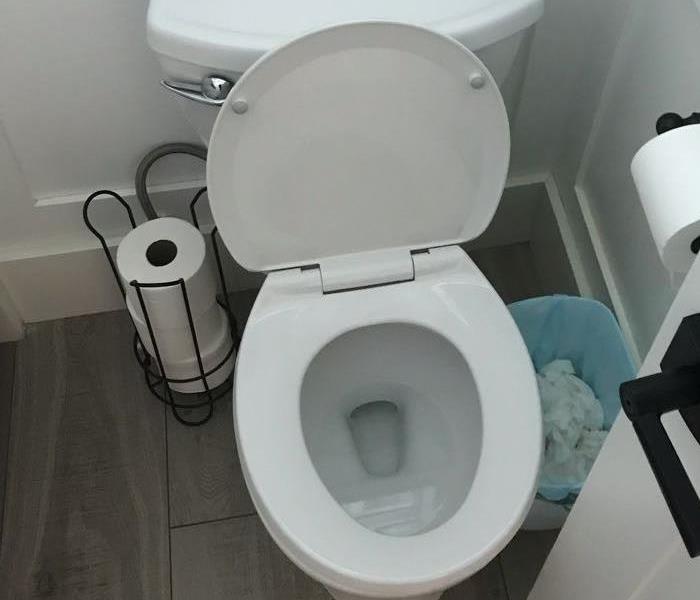 Toilet Back up
Toilet Back up
A Category 3 Water is grossly unsanitary water containing pathogenic agents, arising from sewage or other contaminated water sources and having the likelihood of causing discomfort or sickness if consumed or exposed to humans.
Examples include, but are not limited to: sewage, toilet backflows that originate from beyond the toilet trap regardless of visible content or color, all forms of flooding from seawater, ground surface water and rising water from rivers or streams, and other contaminated water entering or affecting the indoor.
How do you prevent sewage backflow?
Install a backflow valve to prevent backups
from backing up into your home. Clean it periodically to keep it working. The valve closes when water comes into it from the wrong direction. If a clog occurs, the backflow valve will stop the sewage from backing up into your house.
Taking precautions is really important in case of this event don't hesitate to call us SERVPRO of Garden Grove West/Stanton we are here to help you 714-622-5096.
What to do if you have a leak in your ceiling
12/18/2023 (Permalink)
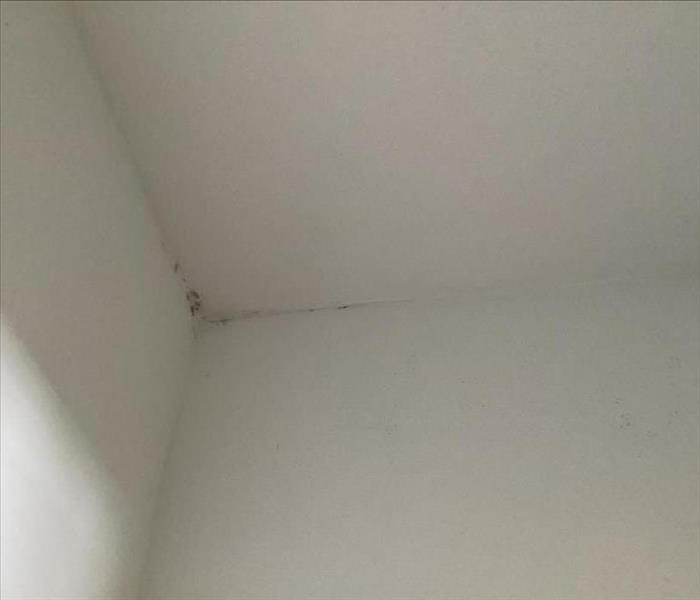 What to Do When Your Ceiling Has Water Damage
What to Do When Your Ceiling Has Water Damage
What to Do When Your Ceiling Has Water Damage
- Find the Source of the Leak. There are lots of places that might be causing the water to leak.
- Stabilize the Leak.
- Fix the Source of the Leak.
- Remove the Damaged Materials.
- Let the Drywall Completely Dry.
- Repair the Ceiling.
Most common questions:
How do you know if a ceiling leak is serious?
Sagging or bulging: If the ceiling appears to be sagging or bulging, this could be a sign of structural damage caused by the leak. Mold or mildew: If you see mold or mildew on the ceiling, this could be a sign that the ceiling is damaged.
Do I need to replace the ceiling after the leak?
Water damaged ceilings are high-priority issues that lead to rot, mold and a weaker house frame. Leaks must be fixed, and water damaged ceilings repaired, as soon as possible.
When should I worry about a water damaged ceiling?
Other than the obvious water leaking from your ceiling, some things to watch out for include: Slightly discolored spots, usually copper, yellow, or brown. Peeling, cracking, or bubbling wall surfaces. Discolored growths.
It is important to address any leaks right away to avoid any secondary damages!!!
Commercial services
7/22/2022 (Permalink)
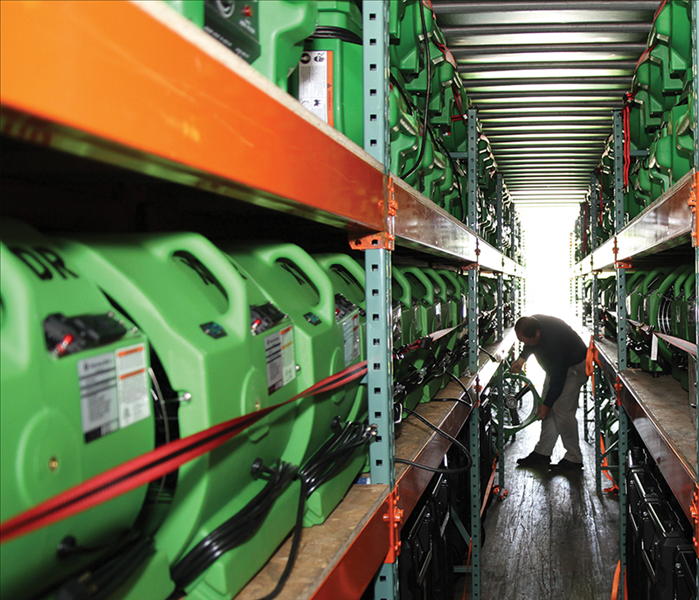 The #1 choice in cleanup and restoration.
The #1 choice in cleanup and restoration.
Commercial Services, do you know what it means?
Let us explain to you and tell you how SERVPRO could help you.
“SERVPRO helps commercial customers with a wide variety of cleaning, construction and restoration projects, both large and small.”
We can help restore your business with services like: large loss, emergency ready plans, industry specialization, restoration services, general cleaning services and specialty cleaning services.
Here is some information about every single one of these services so you can relate better.
Large Loss:
When your commercial property is suddenly hit with damage due to a storm, flood, fire or other disaster, it can leave you, your employees and customers in shock. It’s important to know that you have professional large-loss specialists to handle the restoration process as quickly as possible so that you can get back to business.
Emergency Ready Plans:
When disaster strikes your business, having a plan in place ahead of time for what you will do can make all the difference in whether your business survives the event.
Industry Specialization:
With more than 50 years of experience, we’ve earned the reputation as a trusted leader in the restoration industry and specialize in fire and water damage, specialty cleaning, mold, and so much more.
Restoration Services:
Whether your business or commercial property needs emergency restoration services or professional cleaning services, we count with professionals who have the training and experience to handle any size project to get you back to business.
General Cleaning Services:
Life can get a little messy sometimes. When it does, we can help you clean it up.
Specialty Cleaning Services:
The certified technicians at SERVPRO are available to help business and commercial property owners handle specialty cleaning projects such as duct cleaning, odor removal, graffiti removal, biohazard cleaning services, and so much more.
Why SERVPRO?
- Available 24/7
- Commercial Large Loss Division
- Strategically Located
- Personal Attention
- Easier Insurance Claim Process
- Service of Construction
CONTACT US.
Emergency Ready Plan
7/22/2022 (Permalink)
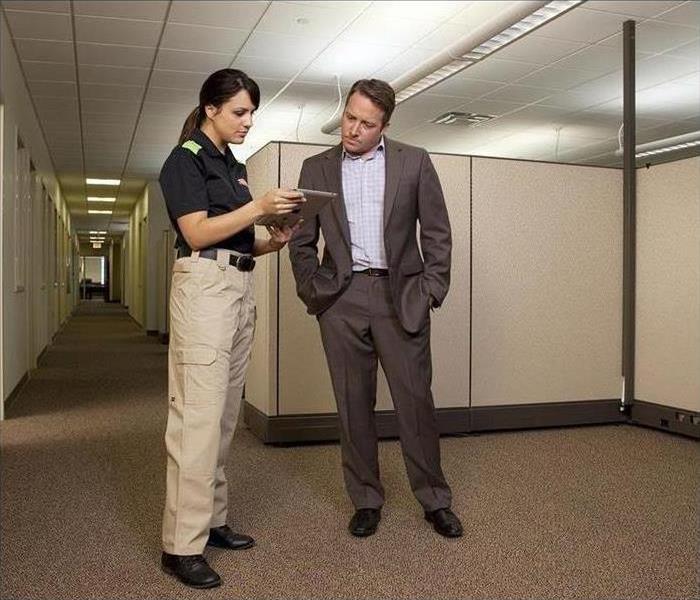 Emergency ready plan
Emergency ready plan
Did you know that 50% of the companies that close due to a disaster never reopen again? The majority of the ones that reopen had a response plan but do you have yours? Our ERP (emergency-ready plan) app offers information on how to handle every situation, minimizing the damage and the time your business would be inoperative. This plan contains what to do, how to do it, who to call, and what to expect, as long as information on shut-off valve locations, insurance contact information, priority areas and contacts, and photos of each utility location as a visual aide for quick reference. Currently, 95% of these situations are internal or man-made as fire and flooding. Many buildings have emergency contingency plans (incident response, disaster recovery, and business continuity). Still, they keep it in a folder and don't have the time to look at it during an emergency, but at SERVPRO of southwest Irving, we are " Ready for whatever happens."
Tips for handling with fire
7/22/2022 (Permalink)
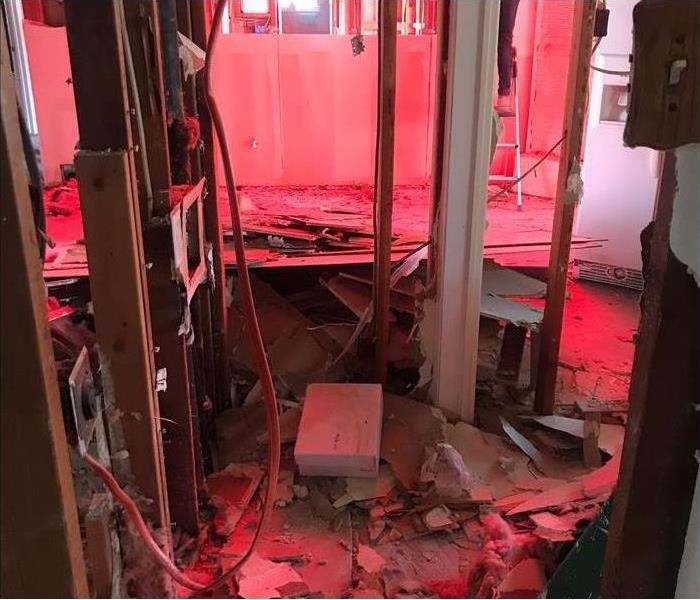 Fire tips
Fire tips
After a fire emergency, you do not know how to act. It is essential to keep in mind that specific residues of what may remain are dangerous to health, but no worries, We got you! Below, we will provide you with tips that will help you manage the situation; take a look at them:
-Have a professional examine your home to make sure it’s ready and safe.
-Send text messages or use social media to reach out to your family and friends.
-Proceed with caution: maintain a “fire watch” and check your home and surrounding areas for tiny, lingering embers.
-Do not drink, prepare food or wash with water until officials deem the water source safe.
-Photograph any damages for your records and contact your insurance agency.
-Outline clear pathways to exit doors.
-Conduct regular fire drills.
-Use flame-retardant materials in interiors.
Call SERVPRO – you need professional services; get the experts before moving to the next step. You must consider the above for better management; we will always be there to take care of your
Cleaning and removing smoke odor
7/22/2022 (Permalink)
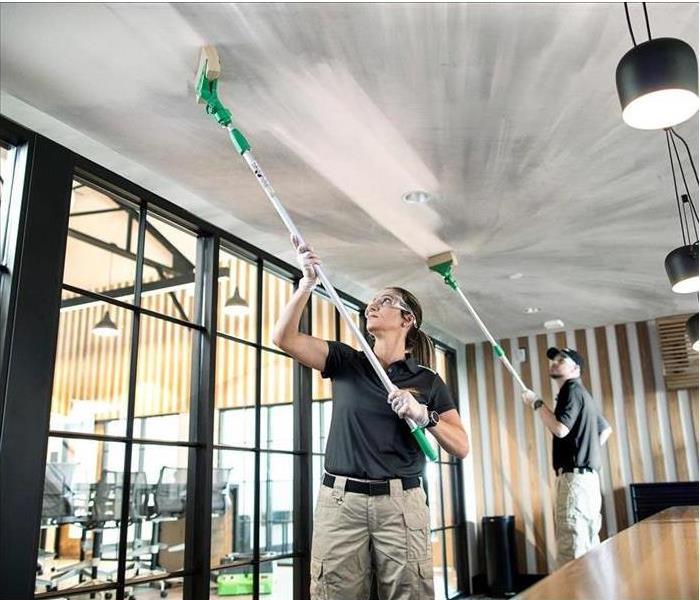 Like it never even happened.
Like it never even happened.
Products containing tri-sodium phosphate (TSP) can reduce odors in fabrics, but we need to read the label for directions and safety instructions.
- Test clothing before using any treatment, and follow the manufacturer's instructions. Smoke odor and soot can be removed from clothing that can get bleached. Measure 4 to 6 tbsp of Tri-Sodium Phosphate and 1 cup of household cleaner or chlorine bleach for every gallon of warm water you will use. Alternatively, consider washing clothes in cold water with your usual household laundry detergent and adding one pure vanilla extract tablespoon.
- To remove soot and smoke from walls, furniture and floors, use a mild soap or detergent or mix 4 to 6 tbsp of tri-sodium phosphate and 1 cup of household cleaner or chlorine bleach to every gallon of warm water. Wear rubber gloves and rinse surfaces with clear warm water and dry thoroughly.
- Wash walls one small area at a time, working from the floor up to prevent streaking, and rinse with clear water immediately; ceilings should be cleaned up last. Do not repaint until walls and ceilings are completely dry. Washable wallpaper can be cleansed like painted walls but refrain from wetting through the paper. You can use a commercial paste to repaste any loose edges or sections.
Other Cleaning Tips
Consult a SERVPRO professional about replacing drywall and insulation that has been soaked by water from fire hoses. As a result, it can not be dried out and maintain structural integrity or resistance to mold and mildew.






 24/7 Emergency Service
24/7 Emergency Service








